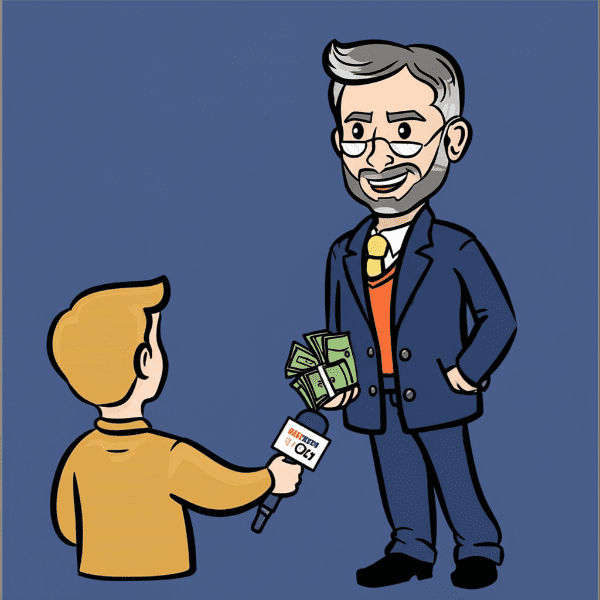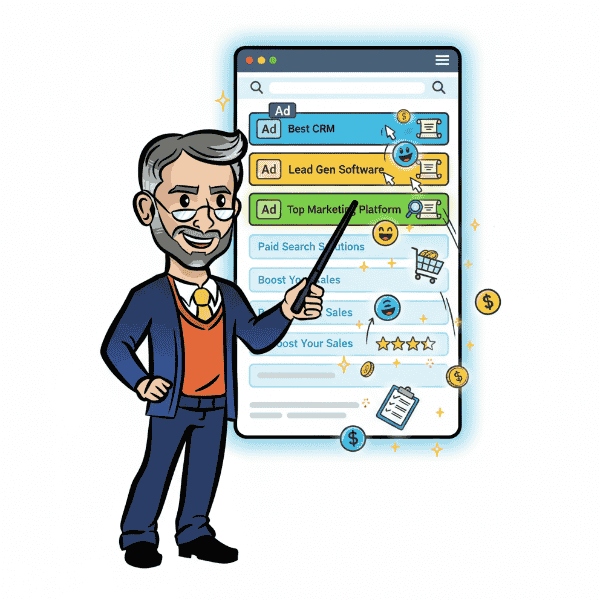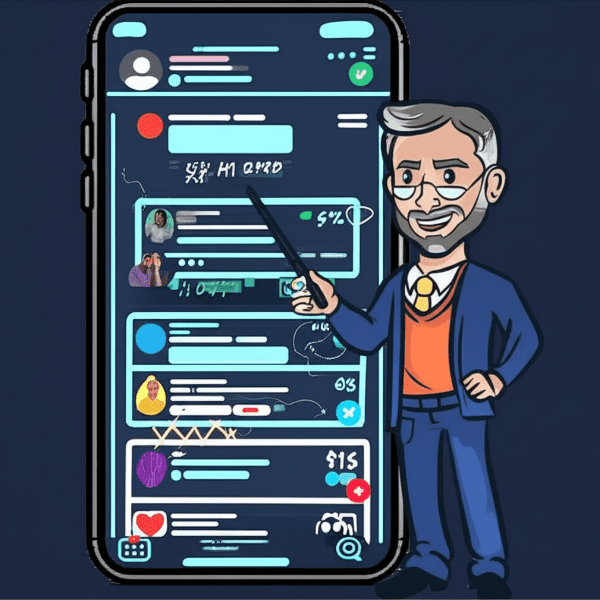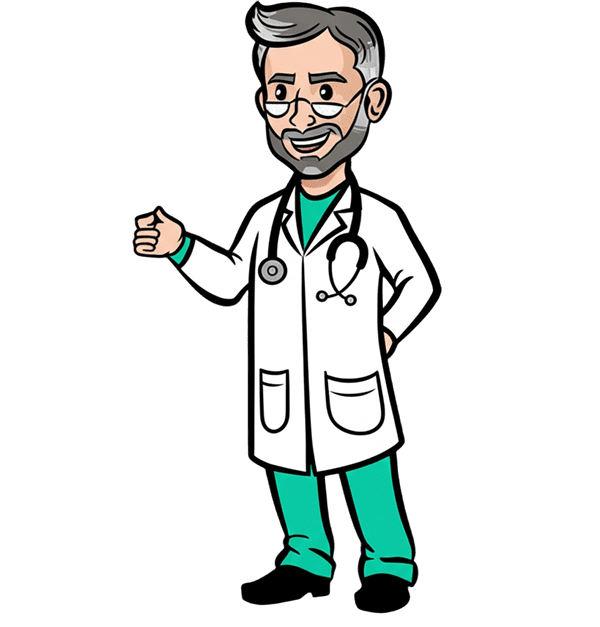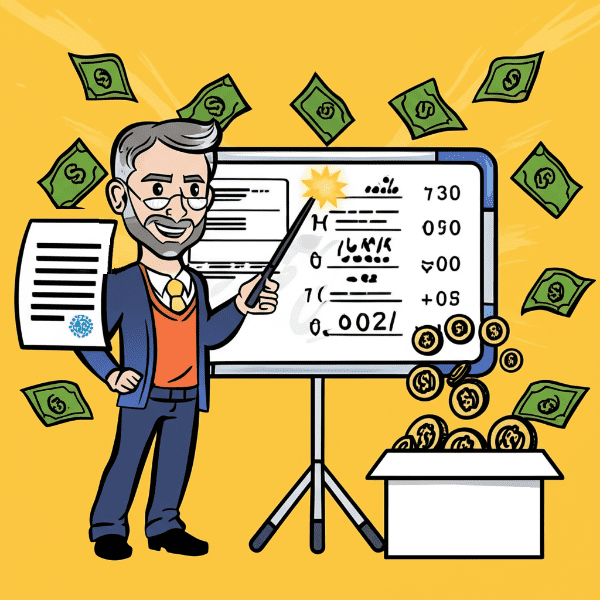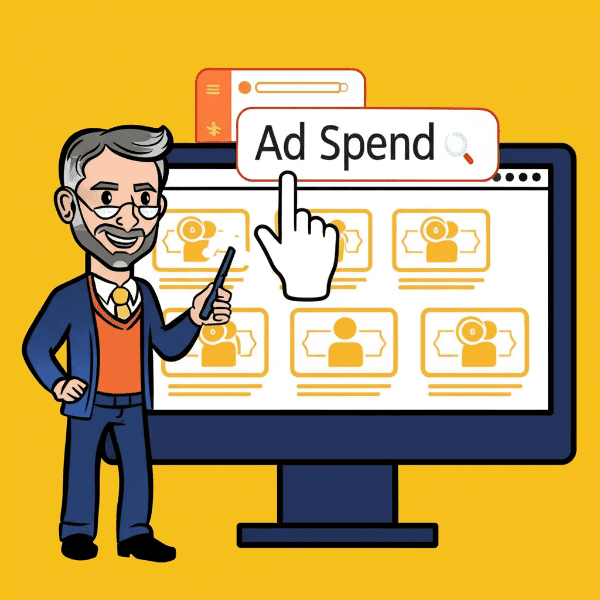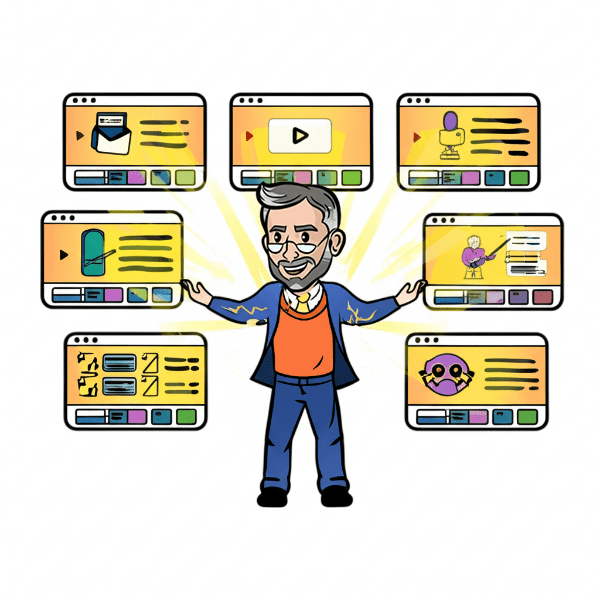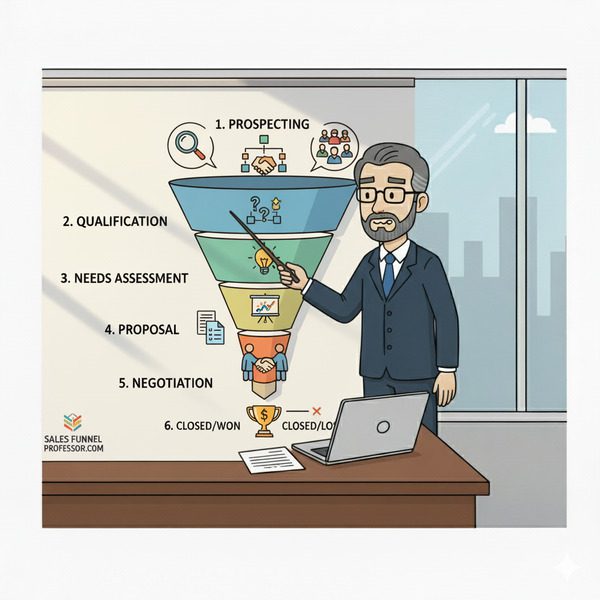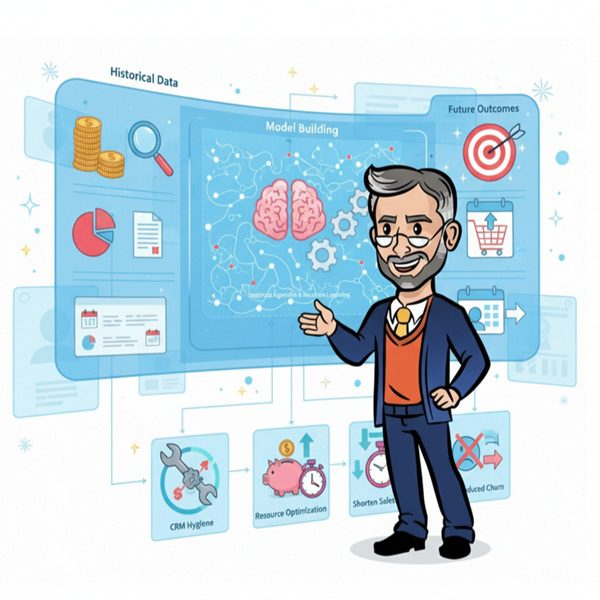What is a Personalized Campaign?
Definition: A personalized campaign is a marketing message that changes based on who’s receiving it. Instead of sending the same thing to everyone, you shape the message around each person’s interests, actions, or past choices. This could mean recommending products they’ve looked at, using their name in an email, or sending follow-ups based on what they’ve clicked. It helps people feel like your brand really knows them.
Use in a Sentence:
We ran a personalized campaign that sent different offers to users based on their browsing history from the previous week—it felt more natural and yielded better results.
Why Personalized Campaigns Matter
In a digital world overflowing with generic marketing messages, personalized campaigns are what cut through the noise. These campaigns tailor content, offers, and messaging to individual users based on their behavior, preferences, and past interactions. For startups and growing businesses, investing in personalized campaigns is a smart way to build stronger relationships and boost overall marketing performance.
Rather than broadcasting one-size-fits-all messages, personalized campaigns speak directly to the needs and interests of your audience—making every interaction feel more relevant and valuable. It’s not just good marketing; it’s expected by today’s consumers.
Benefits of Personalized Campaigns
- Higher Engagement Rates: Personalized emails and ads consistently outperform generic ones in terms of open rates, click-throughs, and conversions.
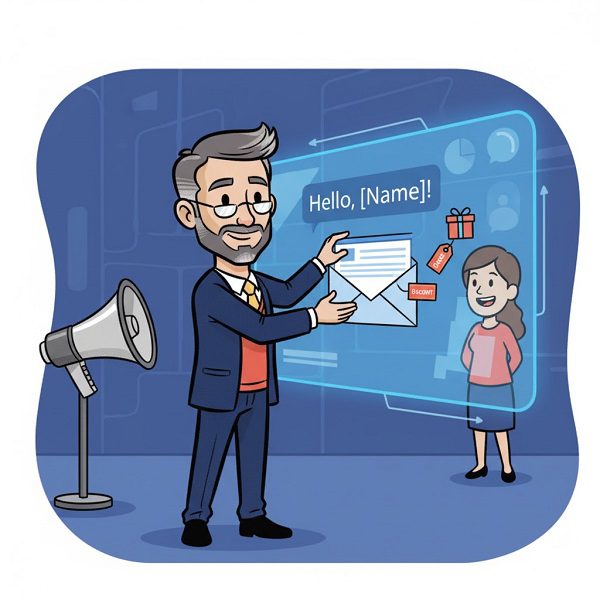
- Stronger Customer Relationships: When users feel like your brand understands them, trust grows—and so does loyalty.
- Increased ROI: Personalized campaigns reduce wasted ad spend by targeting the right people with the right message at the right time.
- Smarter Segmentation: Personalization forces you to dig into your CRM or analytics tools, ensuring that you’re not just collecting data—but actually using it effectively. Practicing good CRM hygiene is key to making sure this data stays accurate and actionable.
- Customer Retention & Upsell Potential: Tailoring follow-up messages or product suggestions based on past behavior keeps your brand top-of-mind and increases the lifetime value of each customer.
Key Elements of Personalized Campaigns
- Audience Segmentation: Break down your audience into meaningful groups based on demographics, purchase history, interests, or engagement levels.
- Dynamic Content: Use tools that allow you to swap out text, images, and offers based on who’s viewing your message—whether it’s in an email, ad, or landing page.
- Behavior-Based Triggers: Set up automation that sends personalized campaigns in response to user actions like downloads, purchases, or abandoned carts.
- CRM Integration: Sync your campaigns with your CRM to ensure every touchpoint is informed by real customer data and history. Platforms like Go High Level can simplify this process by automating personalized messaging and syncing data in real time.
- Testing & Optimization: Continuously A/B test subject lines, CTAs, and offers to learn what resonates with different segments of your audience.
- Omnichannel Personalization: Don’t limit your efforts to email. Extend personalized campaigns across social media, SMS, website experiences, and even direct mail.
More Definitions
(From the Sales & Marketing Jargon Encyclopedia)
- Qualified Lead: A prospect who meets certain criteria and demonstrates intent or potential to become a customer.
Read More> - Salesforce: Salesforce is a leading CRM solution used to manage leads, automate workflows, and boost sales.
Read More> - Link Juice: The SEO value or authority passed through hyperlinks to boost search rankings.
Read More> - One and Done: A sales or marketing approach that lacks follow-up or nurturing—often ineffective.
Read More> - Scheduler: A scheduler automates appointment booking, reducing back-and-forth and saving time for teams and clients.
Read More>
Useful Posts
(From the Sales Funnel Professor Blog)
- Top of Funnel: Organic Social Strategies: Learn how to build brand awareness using unpaid social media content and outreach.
Read More> - SEO Top of Funnel Strategies: Dive into organic tactics that increase visibility at the awareness stage without a paid budget.
Read More> - How to Find Low-Hanging Fruit in Sales & Marketing: Discover practical ways to identify quick wins and easy-to-implement strategies that don’t require a big spend.
Read More> - ClickFunnels vs HubSpot: ClickFunnels focuses on building sales funnels, while HubSpot offers a full CRM and marketing suite. Read more>




